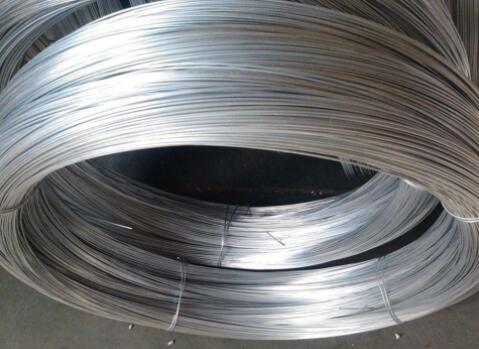What Size Screws to Hang Drywall
Hanging drywall is an essential step in constructing or renovating walls and ceilings. Properly securing drywall to the framing is crucial to ensure a durable finish and to avoid issues like sagging or cracking. One key aspect of hanging drywall is selecting the right size screws. In this article, we will explore the factors that influence screw selection, the appropriate sizes, and some best practices for hanging drywall effectively.
Understanding Drywall Screws
Drywall screws are designed specifically for fastening drywall sheets to wood or metal studs. They are typically made from carbon steel with a black phosphate coating to resist rust. The most common types of drywall screws are the coarse-thread screws for wood studs and fine-thread screws for metal studs. The main attributes to consider when choosing drywall screws include the screw length, diameter, and thread design.
Screw Length
The length of the drywall screw you choose is critical for ensuring a secure installation. The general rule is that the screw should penetrate the framing members by at least 5/8 inches. For standard 1/2-inch drywall, 1.25-inch screws are typically used. If you are working with thicker drywall, such as 5/8-inch, you may want to use 1.5-inch screws.
Here’s a quick reference guide for screw lengths based on drywall thickness
- 1/2-inch drywall 1.25 inches long - 5/8-inch drywall 1.5 inches long
If you're attaching multiple layers of drywall or working with special constructions, adjust the screw length to ensure you secure the sheet properly without risking penetration through the framing.
Screw Diameter
what size screws to hang drywall

Most drywall screws come in two diameters 6 and 8. The 6 screws (commonly 1.25 to 1.5 inches in length) are usually sufficient for standard drywall hanging. However, using 8 screws may provide added strength in certain applications, especially when the drywall will be subject to additional stress or if there is a risk of warping in the wood studs.
Thread Design
The thread design of the screw can also impact its effectiveness. Coarse-thread screws are best for wood studs as they provide better grip and holding power. In contrast, fine-thread screws are specifically designed for metal studs, as they can create a tighter fit without stripping the metal.
Installation Tips
1. Spacing When hanging drywall, screws should be spaced approximately 12 to 16 inches apart along the edges and around 16 inches apart in the field (the middle area of the drywall sheet). Ensuring proper spacing helps to distribute weight evenly and contributes to a sturdier structure.
2. Screw Placement Place screws about 3/8 inch from the edge of the drywall. Avoid driving screws too close to the edge, as this can cause the drywall to crack.
3. Countersinking When installing screws, make sure they are slightly recessed below the surface of the drywall, about 1/16 inch. This allows for better taping and finishing later on. Be careful not to break the paper surface of the drywall, as this can affect the adhesion of joint compound.
4. Use of Screw Guns A drywall screw gun or a power drill with a clutch is recommended for driving screws. This will help you achieve the correct depth and avoid over-tightening, which can damage the drywall.
Conclusion
Choosing the right screws for hanging drywall is crucial for achieving a strong and professional finish. By considering the thickness of the drywall, screw length, diameter, and thread design, you can select the appropriate fasteners for your project. Following best practices for installation will ensure that your drywall remains secure and looks great for years to come. Whether you're a seasoned contractor or a DIY enthusiast, understanding these details will help you achieve a successful drywall hang.

















